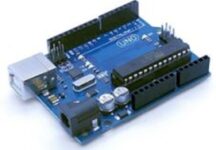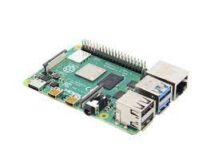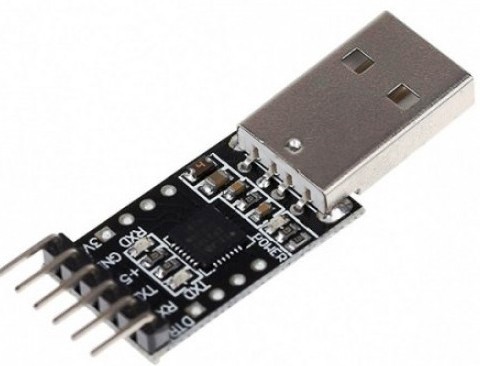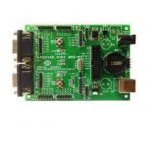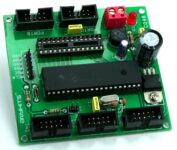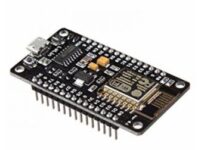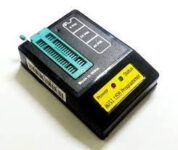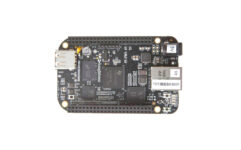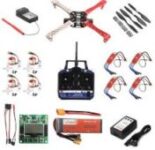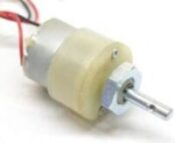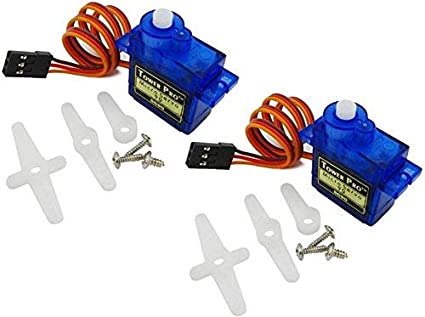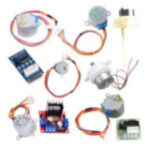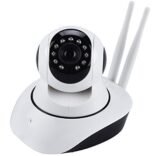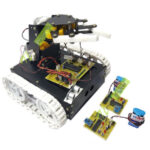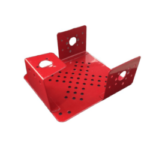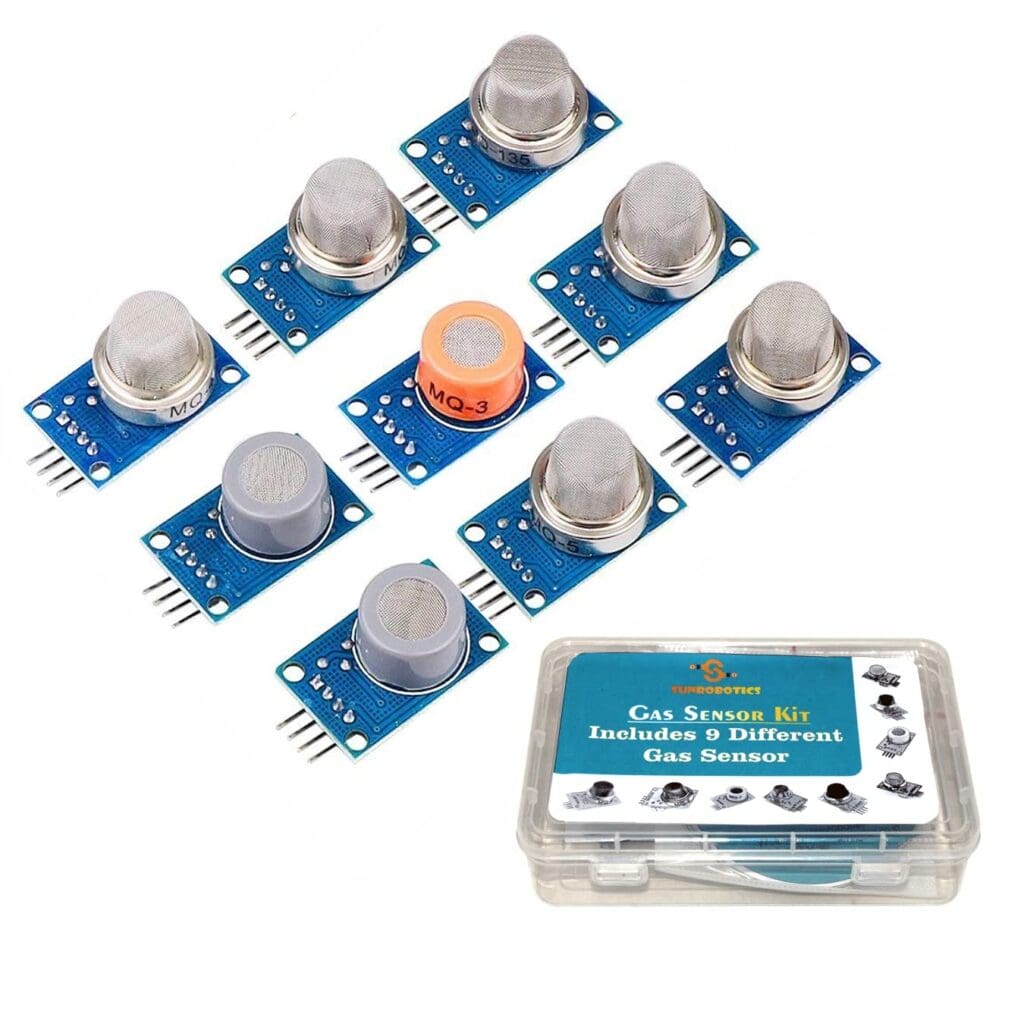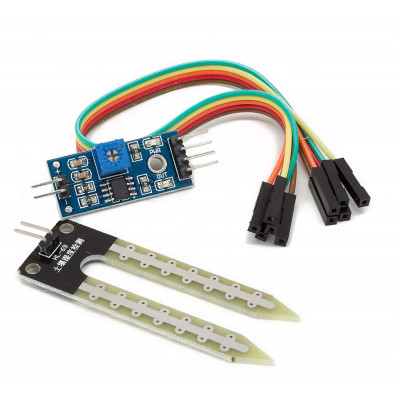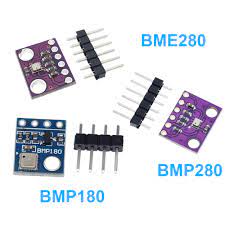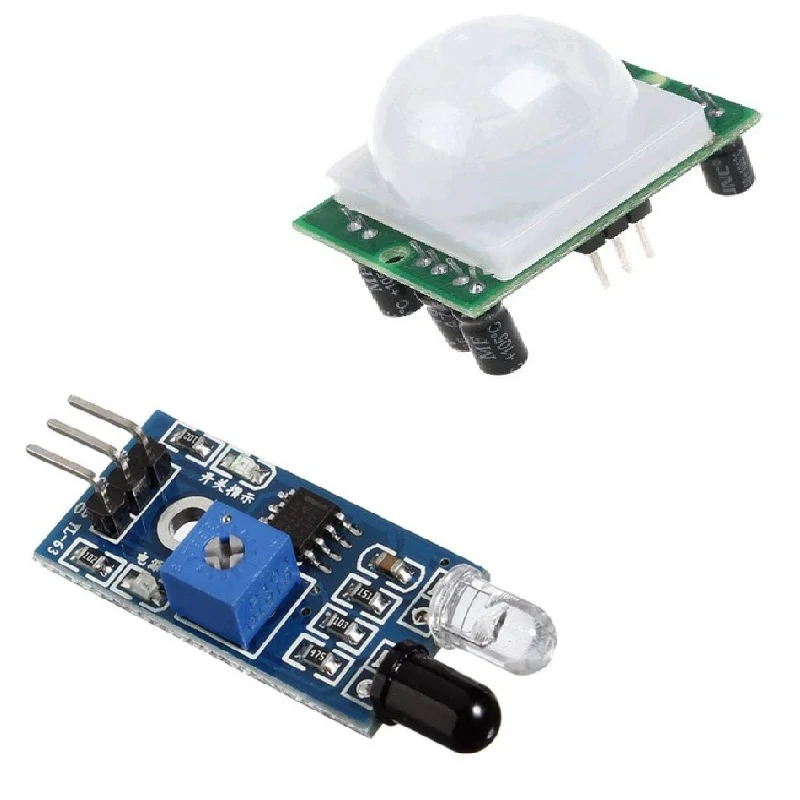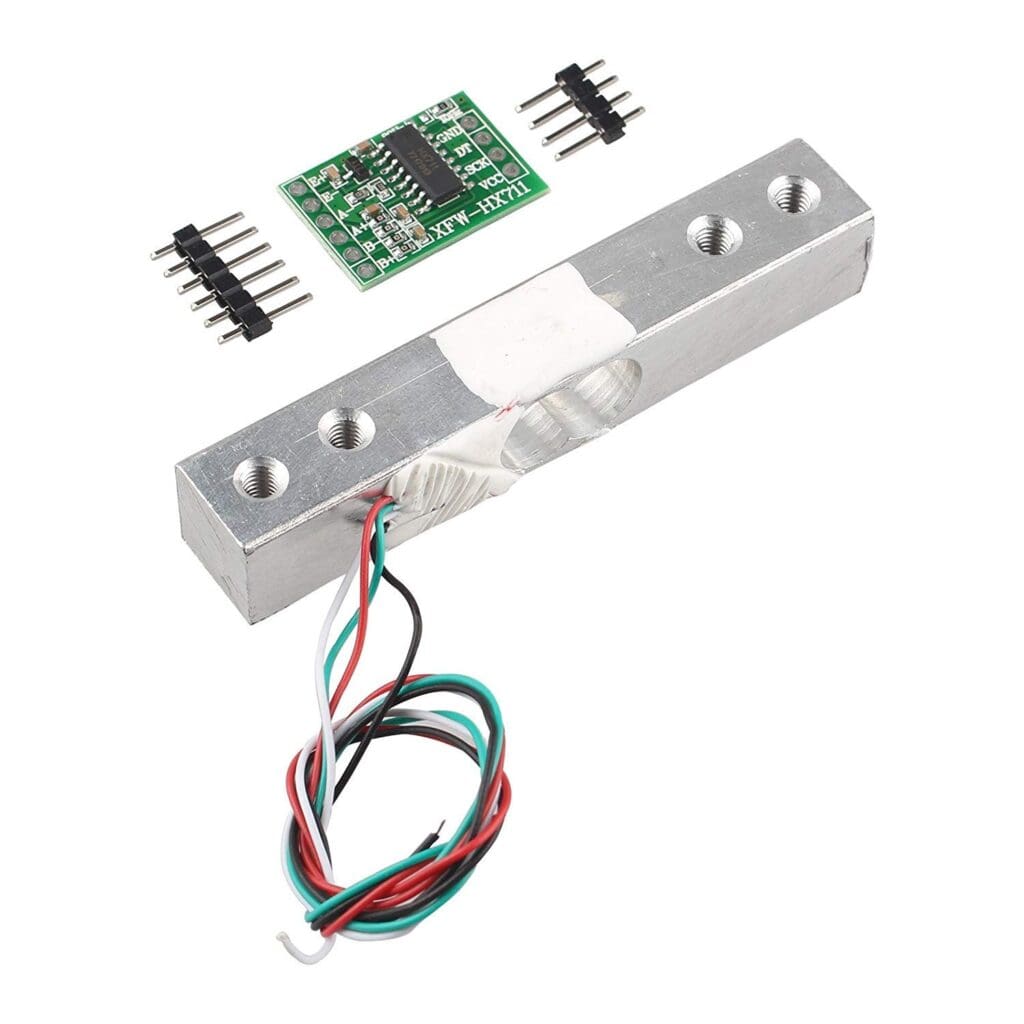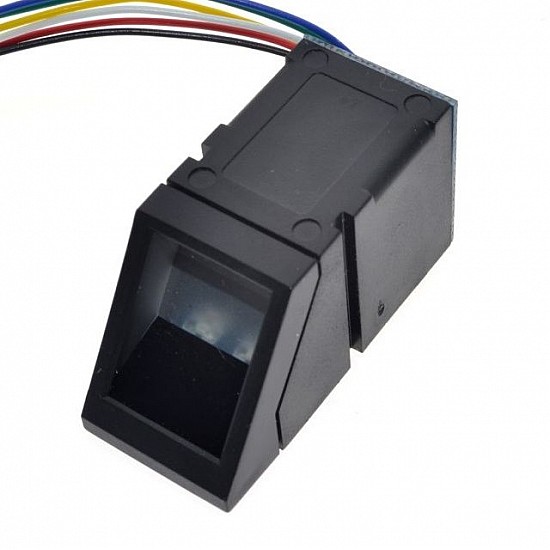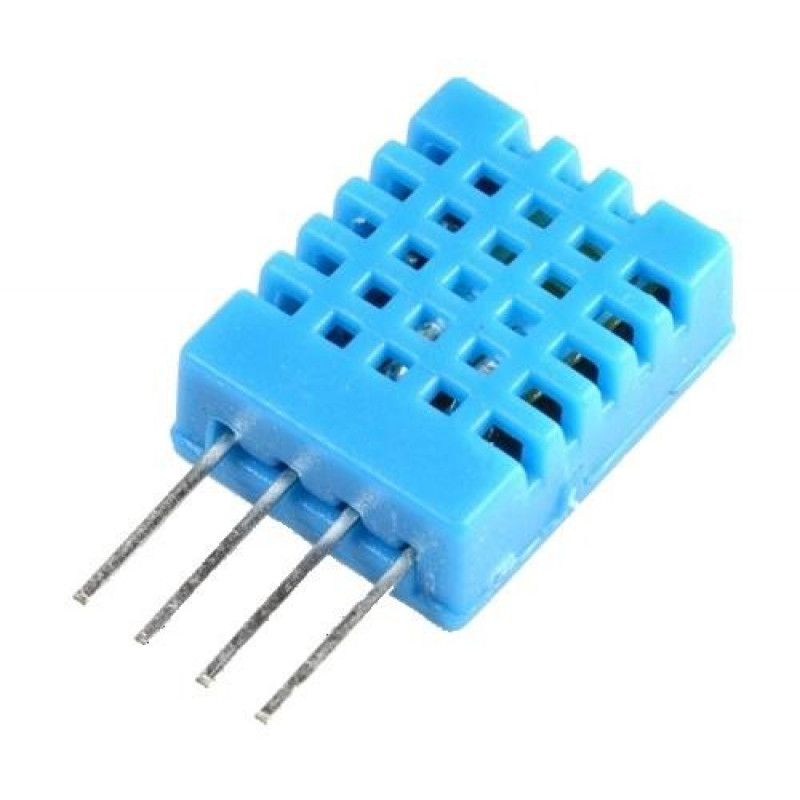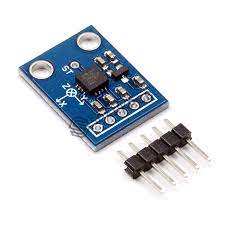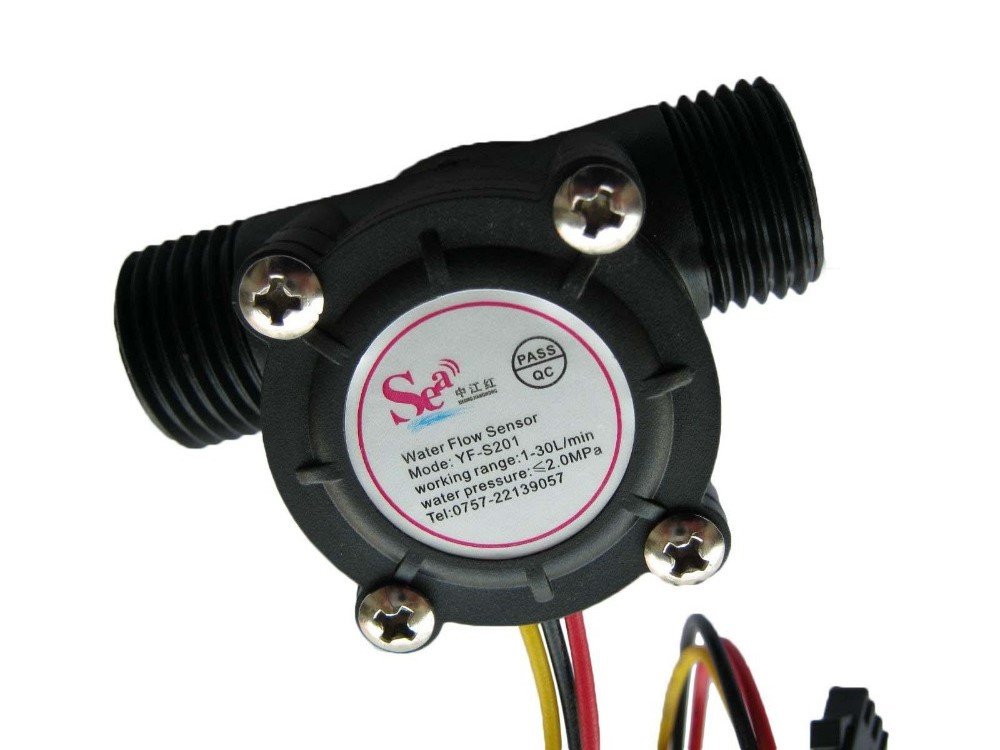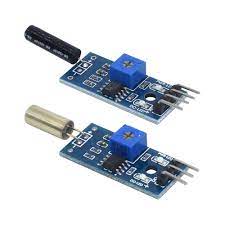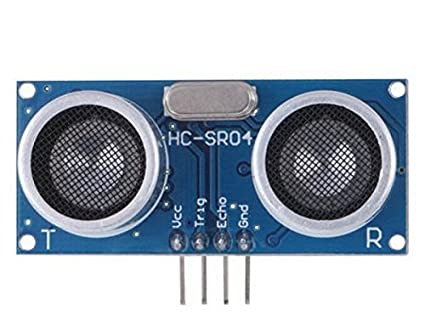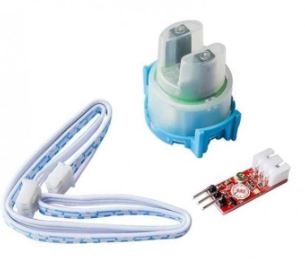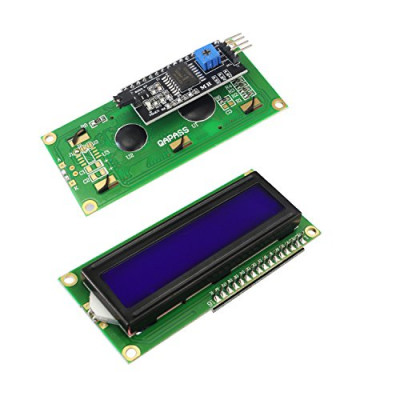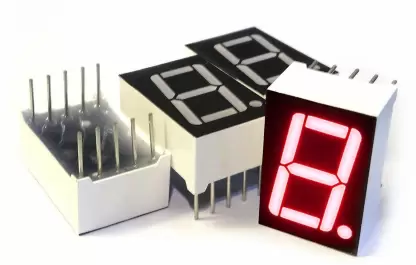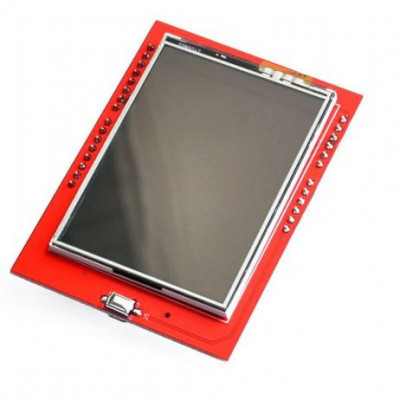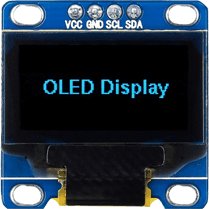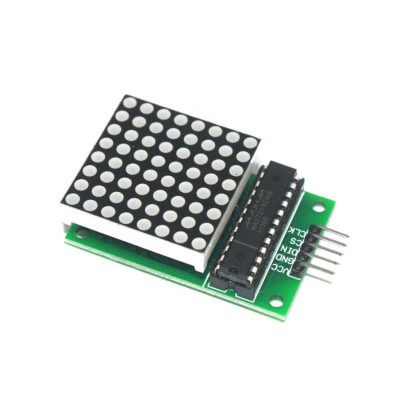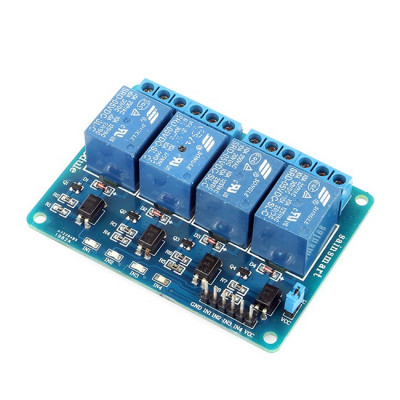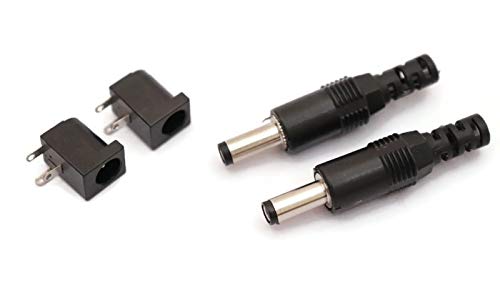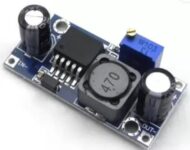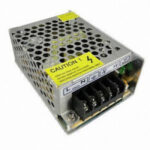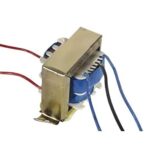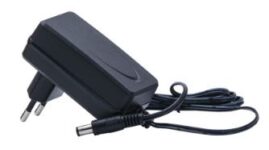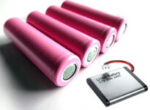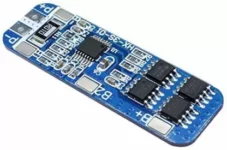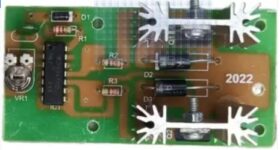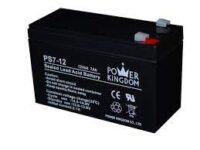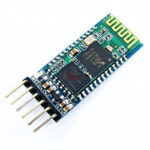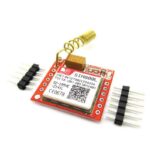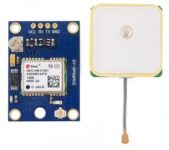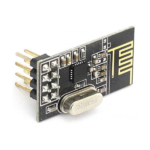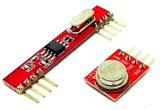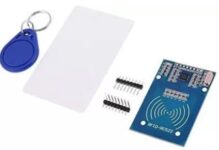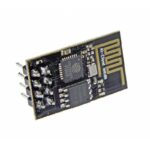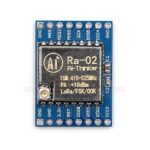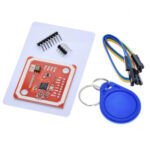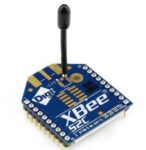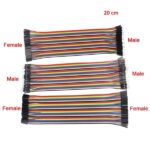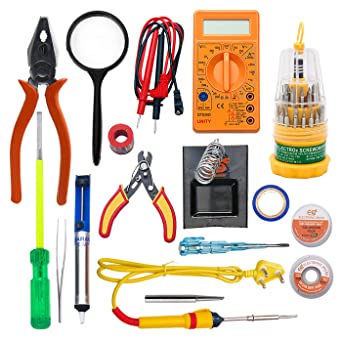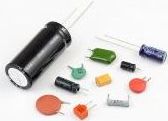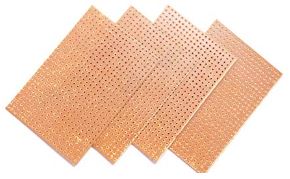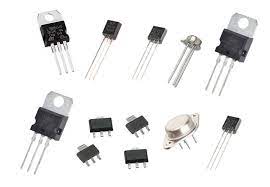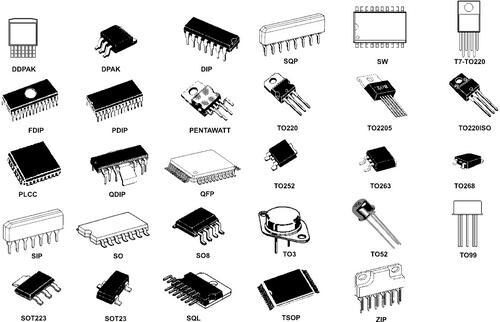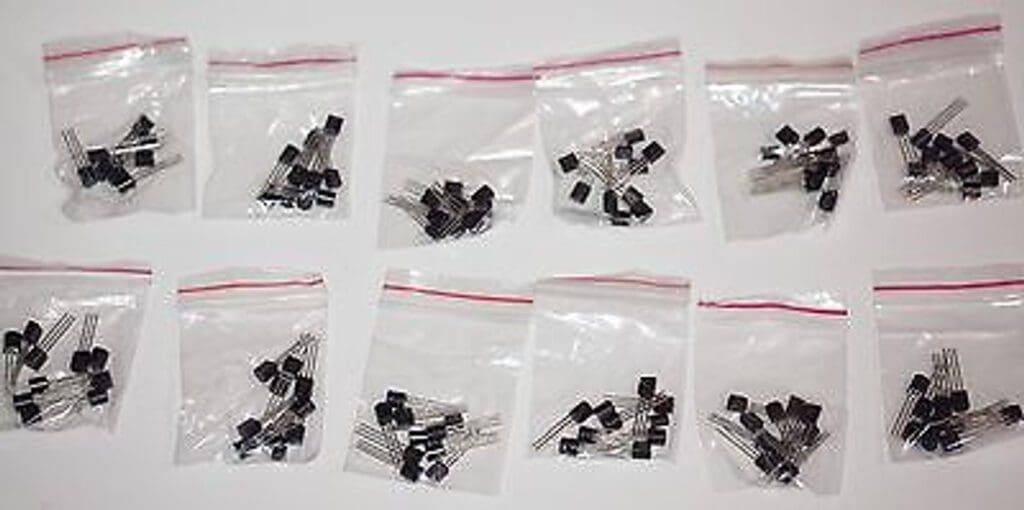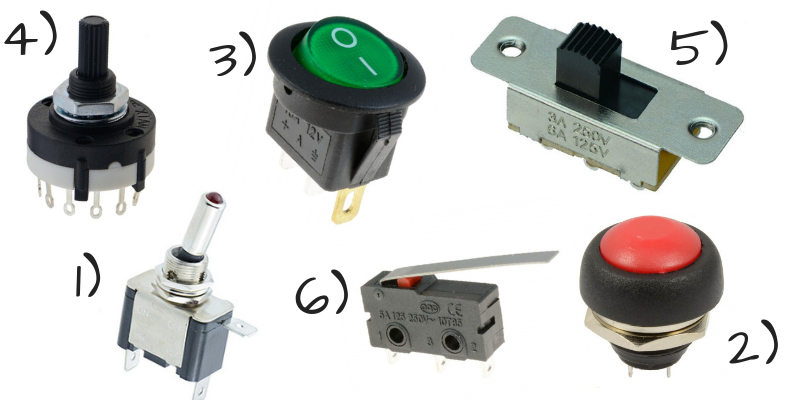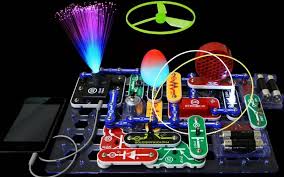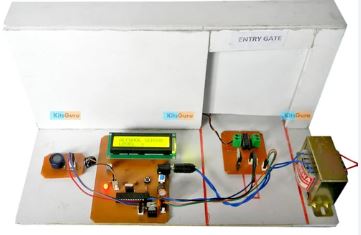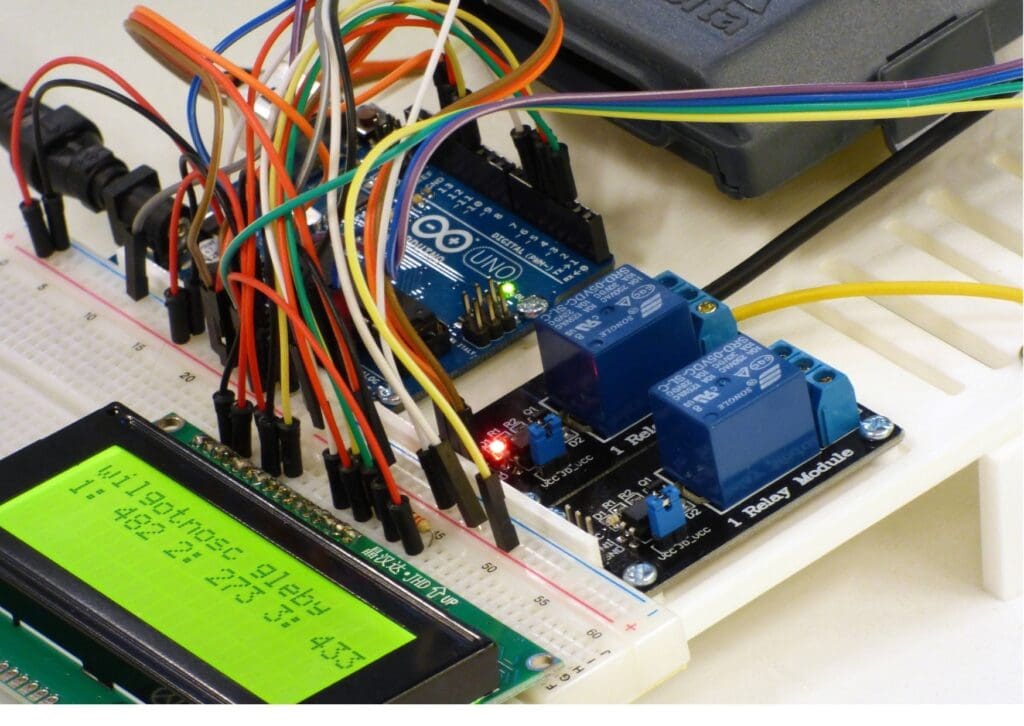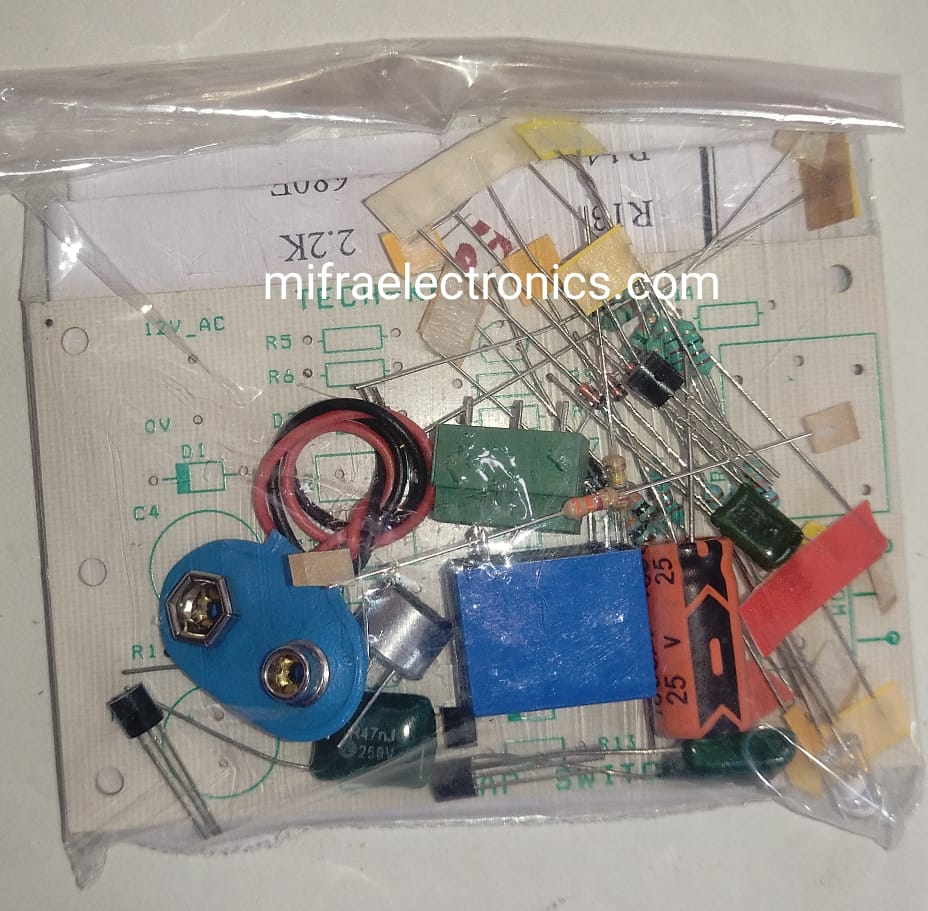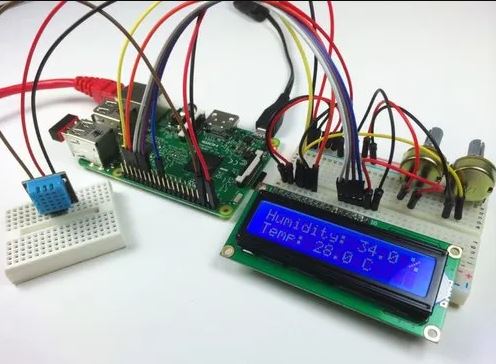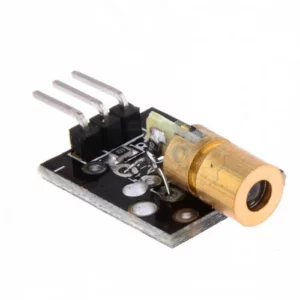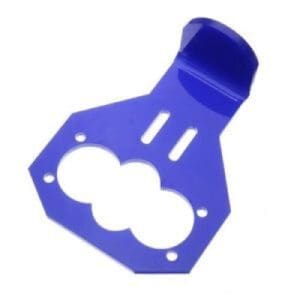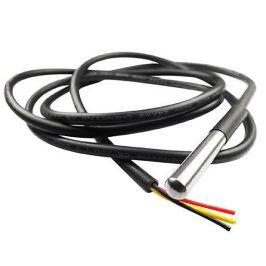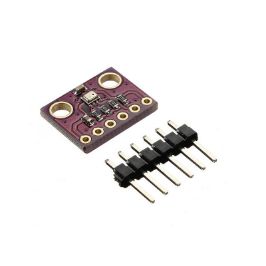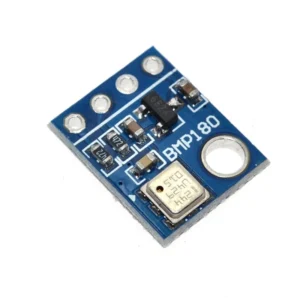Buy Sensor and Modules at low price
Unlocking the Power of Sensor Modules: Enhancing Efficiency and Precision:
In today’s rapidly evolving technological landscape, sensor modules play a pivotal role in enhancing various aspects of our lives, ranging from environmental monitoring to industrial automation. These compact yet powerful devices have revolutionized the way we perceive and interact with our surroundings, providing invaluable insights and enabling sophisticated control mechanisms. With their ability to detect and measure diverse parameters such as temperature, humidity, motion, and proximity, sensor modules have become indispensable tools across a multitude of industries. As we delve deeper into the realm of sensor technology, let’s explore the significance and applications of some key sensor modules, unraveling their potential to drive innovation and efficiency.
Elevating Monitoring and Control with Cutting-edge Sensor Technology:
At the forefront of modern engineering, sensor modules offer unparalleled precision and reliability, empowering businesses and individuals to optimize processes and make informed decisions. From maintaining optimal environmental conditions to ensuring safety and security, these intelligent devices serve as the cornerstone of countless applications. By seamlessly integrating into various systems and devices, sensor modules enable real-time monitoring and feedback, facilitating proactive adjustments and mitigating potential risks. As we embark on a journey to uncover the capabilities of different sensor modules, we embark on a path towards a more connected and intelligent future, where data-driven insights pave the way for unprecedented advancements and efficiencies.
-


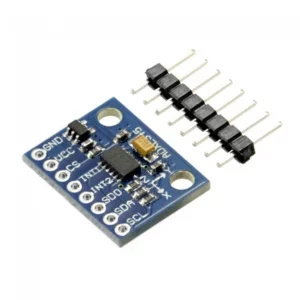 Rated 0 out of 5Sale!Add to cart
Rated 0 out of 5Sale!Add to cart₹210.00Original price was: ₹210.00.₹127.00Current price is: ₹127.00.
Projects Categories:
Products Categories:
- Robotics
- Actuators
- Camera Modules
- Drone Kits
- Drone Components
- Chassis
- DC Motors
- Other Robotic accessories
- Pick and Place Modules
- Robotic Kit
- Servo Motors
- Stepper Motors
- Wheels
- Microcontrollers & Programmers
- 8051 Microcontroller
- Arduino Microcontroller
- ARM Development Board
- Interface Module
- NODMCU / ESP Modules
- PIC Microcontroller
- Raspberry Pi
- Devices and Actuators
- Display Modules
- Sensors & Module
- Power Supply / Batteries
- Wireless modules
- Electronic Components
- Wholesale Market
-

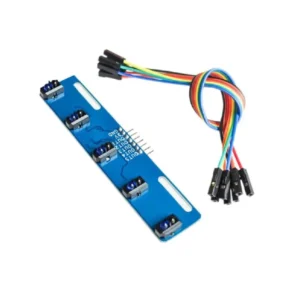 Rated 0 out of 5Sale!Add to cart
Rated 0 out of 5Sale!Add to cart₹299.00Original price was: ₹299.00.₹169.00Current price is: ₹169.00. -

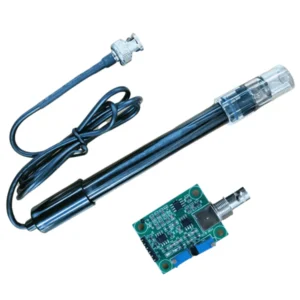 Rated 0 out of 5Sale!Add to cart
Rated 0 out of 5Sale!Add to cart₹2,299.00Original price was: ₹2,299.00.₹1,799.00Current price is: ₹1,799.00. -

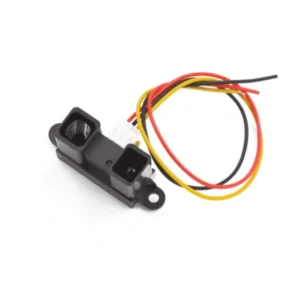 Rated 0 out of 5Sale!Add to cart
Rated 0 out of 5Sale!Add to cart₹799.00Original price was: ₹799.00.₹509.00Current price is: ₹509.00. -

 Rated 0 out of 5Sale!Add to cart
Rated 0 out of 5Sale!Add to cart₹2,199.00Original price was: ₹2,199.00.₹1,860.00Current price is: ₹1,860.00. -

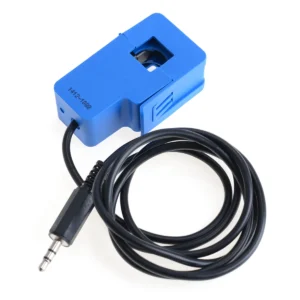 Rated 0 out of 5Sale!Add to cart
Rated 0 out of 5Sale!Add to cart₹589.00Original price was: ₹589.00.₹377.00Current price is: ₹377.00. -

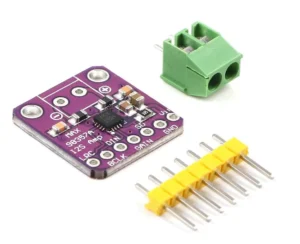 Rated 0 out of 5Sale!Add to cart
Rated 0 out of 5Sale!Add to cart₹549.00Original price was: ₹549.00.₹299.00Current price is: ₹299.00. -

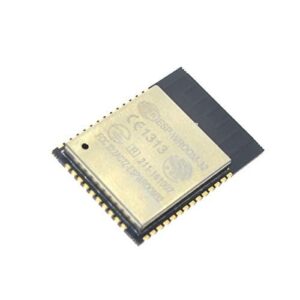 Rated 0 out of 5Sale!Add to cart
Rated 0 out of 5Sale!Add to cart₹389.00Original price was: ₹389.00.₹277.00Current price is: ₹277.00. -

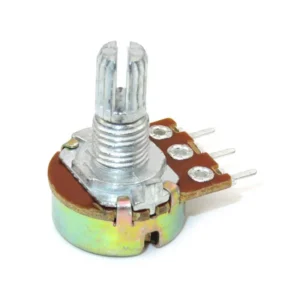 Rated 0 out of 5Sale!Add to cart
Rated 0 out of 5Sale!Add to cart₹189.00Original price was: ₹189.00.₹77.00Current price is: ₹77.00.
-


 Rated 0 out of 5Sale!Add to cart
Rated 0 out of 5Sale!Add to cart₹210.00Original price was: ₹210.00.₹127.00Current price is: ₹127.00. -

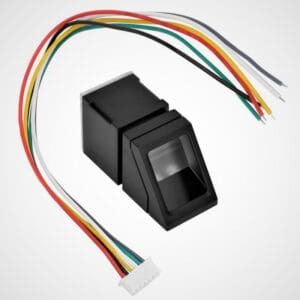 Rated 0 out of 5Sale!Add to cart
Rated 0 out of 5Sale!Add to cart₹1,450.00Original price was: ₹1,450.00.₹855.00Current price is: ₹855.00. -

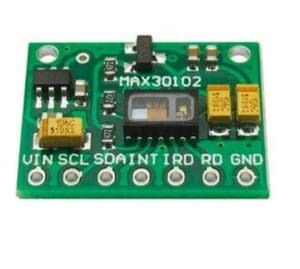 Rated 0 out of 5Sale!Add to cart
Rated 0 out of 5Sale!Add to cart₹299.00Original price was: ₹299.00.₹101.00Current price is: ₹101.00. -

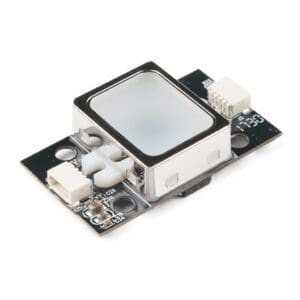 Rated 0 out of 5Out of stockView More
Rated 0 out of 5Out of stockView More₹3,100.00Original price was: ₹3,100.00.₹2,100.00Current price is: ₹2,100.00.
-

 Rated 0 out of 5Sale!Add to cart
Rated 0 out of 5Sale!Add to cart₹197.00Original price was: ₹197.00.₹93.00Current price is: ₹93.00. -

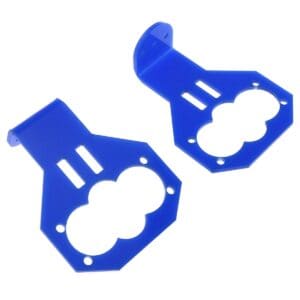 Rated 0 out of 5Sale!Add to cart
Rated 0 out of 5Sale!Add to cart₹119.00Original price was: ₹119.00.₹38.00Current price is: ₹38.00. -

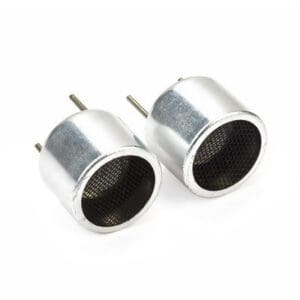 Rated 0 out of 5Sale!Add to cart
Rated 0 out of 5Sale!Add to cart₹240.00Original price was: ₹240.00.₹154.00Current price is: ₹154.00. -

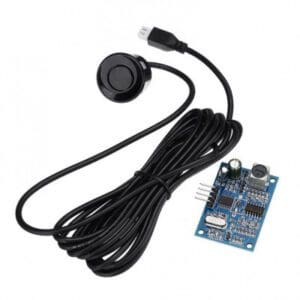 Rated 0 out of 5Sale!Add to cart
Rated 0 out of 5Sale!Add to cart₹550.00Original price was: ₹550.00.₹334.00Current price is: ₹334.00.
Temperature Sensor Module
Temperature Sensor Module: Enhancing Precision in Environmental Monitoring
Temperature sensing is a fundamental aspect of various technological applications, playing a crucial role in industries ranging from manufacturing to agriculture. Our Temperature Sensor Module stands out as a beacon of accuracy and reliability in this domain, catering to the diverse needs of environmental monitoring with unparalleled precision.
At the heart of our Temperature Sensor Module lies cutting-edge technology meticulously engineered to deliver precise temperature measurements across a wide range of conditions. Whether it’s monitoring the temperature of industrial processes to ensure product quality and efficiency or maintaining optimal conditions in controlled environments such as laboratories or greenhouses, our sensor module excels in providing real-time data with utmost accuracy.
One of the key advantages of our Temperature Sensor Module is its versatility. Designed to adapt to various environmental conditions, including extreme temperatures and fluctuations, our sensor module guarantees consistent and dependable performance. This adaptability makes it an indispensable tool for industries where temperature control is critical, such as food processing, pharmaceuticals, and HVAC systems.
Moreover, our Temperature Sensor Module is engineered with robustness and durability in mind, capable of withstanding harsh environments and prolonged use without compromising accuracy. Its rugged construction ensures reliable operation even in challenging industrial settings, where factors like moisture, dust, and vibration may pose challenges to sensor performance.
In addition to its reliability and durability, our sensor module boasts seamless integration capabilities, making it easy to incorporate into existing monitoring systems or IoT (Internet of Things) platforms. With standardized communication protocols and user-friendly interfaces, our Temperature Sensor Module simplifies the process of collecting and analyzing temperature data, empowering businesses to make informed decisions and optimize processes efficiently.
Humidity Sensor Modules
Humidity Sensor Module: Revolutionizing Environmental Monitoring
Humidity plays a crucial role in various industries, from agriculture to pharmaceuticals, where maintaining optimal moisture levels is essential for product quality and process efficiency. Humidity sensor modules have emerged as indispensable tools in environmental monitoring, offering precise and real-time measurements to ensure optimal conditions. In this article, we delve into the intricacies of humidity sensor modules, exploring their functionality, applications, and future trends.
Understanding the Significance of Humidity Measurement
Humidity measurement is vital across numerous sectors due to its significant impact on human comfort, industrial processes, and product integrity. Humidity sensor modules enable accurate quantification of moisture levels in the air, facilitating proactive adjustments to maintain desired conditions. Whether it’s controlling humidity in HVAC systems to enhance indoor air quality or monitoring moisture levels in storage facilities to prevent mold and spoilage, these sensor modules play a pivotal role in ensuring optimal environments.
Exploring the Versatility and Applications of Humidity Sensor Modules
Humidity sensor modules come in various types, including capacitive, resistive, and thermal-based sensors, each offering unique advantages in terms of accuracy, response time, and cost-effectiveness. These modules find applications in diverse industries, such as meteorology, food processing, automotive, and pharmaceuticals. From optimizing plant growth conditions in agriculture to ensuring the longevity of electronic components in manufacturing, humidity sensor modules contribute to enhanced efficiency, productivity, and product quality across the board.
Motion Sensor Module
Motion Sensor Module: Enhancing Security and Automation
Motion sensor modules are innovative devices designed to detect movement within their vicinity, making them invaluable tools for enhancing security and automation in various environments. These modules utilize different technologies, such as passive infrared (PIR), microwave, or ultrasonic sensors, to detect changes in motion and trigger appropriate actions. From activating lights in response to movement to alerting security systems of potential intruders, motion sensor modules play a crucial role in modern surveillance and automation systems.
Understanding How Motion Sensor Modules Work
Motion sensor modules operate based on the principle of detecting changes in infrared radiation, microwaves, or sound waves caused by moving objects. PIR sensors, for example, detect infrared energy emitted by humans or animals, triggering a response when significant changes are detected within their detection range. Microwave sensors emit microwave pulses and measure the reflections off moving objects, while ultrasonic sensors emit high-frequency sound waves and measure the reflections to detect motion. These sensors are typically integrated into electronic circuits that process the detected signals and activate connected devices or systems accordingly.
Applications and Benefits of Motion Sensor Modules
Motion sensor modules find widespread applications in both residential and commercial settings. In homes, they are commonly used for security purposes, automatically turning on lights or sounding alarms when motion is detected. In commercial buildings, motion sensor modules contribute to energy efficiency by controlling lighting and HVAC systems based on occupancy, reducing energy consumption and costs. Moreover, these modules play a vital role in automation, enabling hands-free operation of doors, faucets, and other appliances, enhancing convenience and accessibility for users. With their ability to detect motion accurately and reliably, motion sensor modules offer enhanced security, efficiency, and convenience in various applications.
Proximity Sensor Module
Proximity Sensor Module: Revolutionizing Interaction and Automation
Proximity sensor modules are cutting-edge devices designed to detect the presence or absence of nearby objects without physical contact. They utilize various technologies such as infrared, capacitive, or ultrasonic sensors to determine the proximity of objects accurately. These modules have transformed interaction and automation across industries, offering seamless integration into devices and systems that require proximity detection for operation.
Exploring the Functionality of Proximity Sensor Modules
Proximity sensor modules operate by emitting electromagnetic fields, light beams, or sound waves and measuring the changes in their intensity or reflection caused by nearby objects. Infrared proximity sensors, for instance, emit infrared light and measure the reflection to detect the presence of objects within their range. Capacitive sensors detect changes in capacitance caused by the proximity of conductive objects, while ultrasonic sensors emit high-frequency sound waves and measure the time taken for the waves to return after hitting an object. These sensors are integrated into electronic circuits that interpret the detected signals and trigger appropriate responses, such as activating or deactivating devices or signaling alarms.
Applications and Advantages of Proximity Sensor Modules
Proximity sensor modules find diverse applications across industries, ranging from automotive and robotics to consumer electronics and industrial automation. In automotive systems, they enable features such as automatic door opening, parking assistance, and collision avoidance, enhancing safety and convenience for drivers. In manufacturing environments, proximity sensor modules facilitate precise positioning of machinery, object detection in conveyor systems, and robotic assembly processes, improving efficiency and productivity. Moreover, in consumer electronics, these modules enable touchless interfaces for smartphones, tablets, and home appliances, offering users a seamless and hygienic interaction experience. With their ability to detect objects accurately and reliably without physical contact, proximity sensor modules contribute to enhanced functionality, efficiency, and user experience in various applications.
Light Sensor Module
Light Sensor Module: Illuminating Efficiency and Energy Conservation
Light sensor modules are sophisticated devices engineered to detect and measure ambient light levels, providing invaluable data for controlling illumination and optimizing energy usage. These modules employ a range of technologies, including photodiodes, phototransistors, and ambient light sensors, to accurately gauge light intensity in their surroundings. From adjusting indoor lighting based on natural light levels to optimizing streetlamp operation for energy conservation, light sensor modules play a pivotal role in modern lighting systems.
Understanding the Functionality of Light Sensor Modules
Light sensor modules operate by converting incident light energy into electrical signals, which are then processed to determine the intensity of the light. Photodiodes and phototransistors utilize semiconductor materials that produce electrical current when exposed to light, with the magnitude of current directly proportional to the light intensity. Ambient light sensors, on the other hand, employ integrated circuits that convert light energy into voltage, providing a quantitative measure of light levels. These sensors are calibrated to provide accurate readings across a wide range of lighting conditions, from dimly lit interiors to bright outdoor environments.
Applications and Benefits of Light Sensor Modules
Light sensor modules find extensive applications in various sectors, including residential, commercial, and industrial settings. In homes, they enable automatic adjustment of indoor lighting based on natural light levels, enhancing comfort and energy efficiency. In commercial buildings, light sensor modules contribute to cost savings and sustainability by controlling lighting systems to minimize energy consumption during daylight hours. Additionally, in outdoor lighting applications such as street lighting and garden illumination, these modules play a crucial role in optimizing brightness levels to ensure safety and visibility while conserving energy. With their ability to provide precise and reliable measurements of ambient light, light sensor modules offer a versatile solution for achieving optimal lighting control and energy efficiency across diverse environments.
Sound Sensor Module
Sound Sensor Module: Transforming Perception into Data
Sound sensor modules are advanced devices engineered to detect and measure sound levels in their environment, converting acoustic signals into actionable data. These modules utilize sensitive microphones and signal processing algorithms to capture sound waves and analyze their amplitude or frequency. From monitoring noise pollution in urban areas to enabling voice-controlled devices, sound sensor modules play a pivotal role in modern technology, offering valuable insights into acoustic environments.
Understanding the Mechanism of Sound Sensor Modules
Sound sensor modules operate by detecting changes in air pressure caused by sound waves and converting these variations into electrical signals. The heart of these modules lies in the microphone, which serves as the primary sensing element. When sound waves reach the microphone, they cause the diaphragm to vibrate, generating electrical signals proportional to the intensity and frequency of the sound. These signals are then processed by the module’s circuitry to provide accurate measurements of sound levels, which can range from whispers to loud noises in industrial settings.
Applications and Benefits of Sound Sensor Modules
Sound sensor modules find diverse applications across industries, including automotive, aerospace, healthcare, and consumer electronics. In automotive systems, they enable features such as noise cancellation, driver assistance, and engine diagnostics, enhancing comfort and safety for passengers. In healthcare, sound sensor modules facilitate monitoring of patient vital signs, detecting anomalies in breathing patterns or heartbeats. Moreover, in consumer electronics, these modules enable voice recognition and audio recording functions in smartphones, smart speakers, and wearables, enhancing user experience and convenience. With their ability to capture and analyze sound data accurately, sound sensor modules offer a versatile solution for applications ranging from industrial automation to healthcare monitoring and beyond.
Gas Sensor Module
Gas Sensor Module: Safeguarding Environments Through Detection
Gas sensor modules are essential components designed to detect and measure the presence of various gases in the surrounding environment, providing critical information for safety and environmental monitoring. These modules employ advanced sensing technologies, such as electrochemical, semiconductor, or infrared sensors, to detect specific gases with high accuracy and reliability. From detecting hazardous gas leaks in industrial facilities to monitoring air quality in indoor environments, gas sensor modules play a vital role in safeguarding human health and preventing environmental contamination.
Exploring the Functionality of Gas Sensor Modules
Gas sensor modules operate by detecting changes in gas concentration through chemical reactions or changes in electrical properties. Electrochemical sensors utilize chemical reactions between target gases and electrodes to produce electrical signals proportional to the gas concentration. Semiconductor sensors rely on the adsorption of gas molecules onto semiconductor surfaces, leading to changes in conductivity or resistance, which are measured to determine gas concentration. Infrared sensors detect gases based on their absorption of infrared light at specific wavelengths, providing precise measurements even in complex gas mixtures. These sensing technologies are integrated into compact modules equipped with signal processing circuitry, allowing for real-time monitoring and accurate gas detection.
Applications and Benefits of Gas Sensor Modules
Gas sensor modules find wide-ranging applications across industries, including industrial safety, environmental monitoring, and indoor air quality management. In industrial settings, they are used to detect and mitigate gas leaks in manufacturing processes, chemical plants, and storage facilities, minimizing the risk of fires, explosions, and health hazards. In environmental monitoring, gas sensor modules monitor pollutant levels in the atmosphere, contributing to the assessment of air quality and the implementation of pollution control measures. Moreover, in indoor environments such as homes, offices, and commercial buildings, these modules ensure the timely detection of harmful gases such as carbon monoxide and methane, providing early warnings to prevent exposure and mitigate risks. With their ability to detect a wide range of gases accurately and reliably, gas sensor modules are indispensable tools for ensuring safety, protecting the environment, and enhancing overall quality of life.
Pressure Sensor Module
Pressure Sensor Module: Precision in Measurement for Diverse Applications
Pressure sensor modules are advanced devices designed to measure the pressure exerted by gases or liquids in their environment with exceptional accuracy and reliability. These modules utilize various sensing principles, including piezoresistive, capacitive, and piezoelectric, to detect and quantify pressure changes. From industrial applications such as process control and machinery monitoring to automotive systems and medical devices, pressure sensor modules play a critical role in ensuring optimal performance and safety across a wide range of applications.
Understanding the Operation of Pressure Sensor Modules
Pressure sensor modules operate by converting the applied pressure into an electrical signal, which is then processed to provide a precise measurement of the pressure exerted. Piezoresistive sensors utilize materials whose resistance changes with applied pressure, while capacitive sensors measure the capacitance changes caused by pressure-induced deformations of capacitor structures. Piezoelectric sensors generate electrical charges in response to mechanical stress, allowing for the measurement of pressure changes. These sensing elements are integrated into sensor modules along with signal conditioning and amplification circuitry to provide accurate and reliable pressure readings in real-time.
Applications and Advantages of Pressure Sensor Modules
Pressure sensor modules find extensive applications across industries, including automotive, aerospace, medical, and industrial automation. In automotive systems, they are used for tire pressure monitoring, engine management, and airbag deployment, enhancing vehicle safety and performance. In aerospace applications, pressure sensor modules monitor cabin pressure, altitude, and airspeed, ensuring the safety and comfort of passengers and crew. Moreover, in medical devices such as ventilators, blood pressure monitors, and infusion pumps, these modules enable precise control and monitoring of pressure levels, improving patient care and outcomes. With their ability to provide accurate and reliable pressure measurements in various environments and conditions, pressure sensor modules are indispensable tools for enhancing efficiency, safety, and performance across diverse industries.
Infrared (IR) Sensor Module
Infrared (IR) Sensor Module: Unlocking Invisible Insights
Infrared (IR) sensor modules are sophisticated devices engineered to detect and measure infrared radiation emitted by objects in their surroundings. These modules utilize specialized sensors and signal processing algorithms to convert infrared radiation into electrical signals, providing valuable insights into temperature variations, motion detection, and proximity sensing. From security systems and remote controls to temperature monitoring and presence detection, IR sensor modules play a pivotal role in a wide range of applications, offering invisible yet powerful capabilities.
Exploring the Functionality of Infrared (IR) Sensor Modules
Infrared sensor modules operate based on the principle of detecting infrared radiation emitted by objects due to their temperature. The sensors within these modules are designed to detect changes in infrared radiation intensity and convert them into electrical signals. Passive infrared (PIR) sensors, for example, detect changes in heat patterns caused by the movement of people or objects, making them ideal for motion detection applications. On the other hand, temperature-sensitive IR sensors measure the infrared radiation emitted by objects to determine their temperature, enabling applications such as thermal imaging and temperature monitoring. These sensors are integrated into compact modules equipped with signal processing circuitry to provide accurate and reliable detection capabilities.
Applications and Advantages of Infrared (IR) Sensor Modules
Infrared sensor modules find diverse applications across various industries, including security, automotive, healthcare, and consumer electronics. In security systems, they are used for motion detection in intruder alarms, surveillance cameras, and automatic lighting systems, enhancing the safety and security of homes and commercial properties. In automotive applications, IR sensor modules enable features such as adaptive cruise control, collision avoidance, and driver monitoring, improving vehicle safety and driving experience. Moreover, in healthcare, these modules facilitate non-contact temperature measurement, fever detection, and patient monitoring, providing efficient and hygienic solutions for medical facilities. With their ability to detect infrared radiation accurately and reliably, IR sensor modules offer a versatile and powerful solution for diverse sensing needs across industries.
Ultrasonic Sensor Module
Ultrasonic Sensor Module: Precision Distance Measurement and Beyond
Ultrasonic sensor modules are advanced devices designed to measure distance by emitting high-frequency sound waves and detecting their reflections from nearby objects. These modules utilize ultrasonic transducers to generate and receive sound waves, allowing for accurate and non-contact distance measurement. From robotics and navigation systems to industrial automation and obstacle detection, ultrasonic sensor modules offer versatile solutions for a wide range of applications, providing precise measurements and reliable performance.
Exploring the Functionality of Ultrasonic Sensor Modules
Ultrasonic sensor modules operate based on the principle of echolocation, similar to how bats navigate in the dark. They emit ultrasonic pulses and measure the time it takes for the pulses to reflect off nearby objects and return to the sensor. By calculating the time difference between emission and reception, the module can determine the distance to the object with high precision. These modules typically consist of a transmitter and receiver, along with signal processing circuitry to interpret the received signals and calculate distance measurements accurately. With their ability to operate in various environmental conditions and detect objects regardless of color or transparency, ultrasonic sensor modules offer reliable distance sensing capabilities.
Applications and Advantages of Ultrasonic Sensor Modules
Ultrasonic sensor modules find extensive applications in robotics, automation, and IoT (Internet of Things) devices. In robotics, they enable precise navigation and obstacle avoidance, allowing robots to navigate complex environments safely and efficiently. In industrial automation, these modules facilitate object detection, level sensing, and liquid level measurement, improving process efficiency and productivity. Moreover, in automotive systems, ultrasonic sensor modules are used for parking assistance, blind-spot detection, and collision avoidance, enhancing driver safety and convenience. With their ability to provide accurate distance measurements in real-time, ultrasonic sensor modules offer versatile solutions for a wide range of applications, making them indispensable tools in modern technology.
Moisture Sensor Module
Moisture Sensor Module: Nurturing Growth and Efficiency
Moisture sensor modules are innovative devices designed to measure the moisture content in soil, allowing for precise monitoring and management of plant hydration levels. These modules utilize various sensing technologies, such as capacitive or resistive sensors, to detect changes in soil moisture and provide real-time data for irrigation control and plant care. From agriculture and landscaping to environmental monitoring and research, moisture sensor modules play a crucial role in promoting healthy plant growth, conserving water, and optimizing resource utilization.
Exploring the Functionality of Moisture Sensor Modules
Moisture sensor modules operate by measuring the electrical conductivity or capacitance of the soil, which varies depending on its moisture content. Capacitive sensors, for example, measure changes in the dielectric constant of the soil caused by moisture, while resistive sensors detect changes in electrical resistance as the soil moisture level fluctuates. These sensors are typically embedded into probes or probes that are inserted into the soil, allowing them to directly measure moisture levels at different depths. The data collected by the moisture sensor module is then transmitted to a controller or microcontroller, which can adjust irrigation systems or provide feedback to users for informed decision-making regarding plant care.
Applications and Benefits of Moisture Sensor Modules
Moisture sensor modules find wide-ranging applications in agriculture, horticulture, landscaping, and environmental monitoring. In agriculture, they enable precise irrigation scheduling, ensuring that plants receive the optimal amount of water to promote healthy growth and maximize yields while minimizing water waste and runoff. In landscaping, moisture sensor modules facilitate efficient water management for lawns, gardens, and green spaces, helping to conserve water resources and reduce maintenance costs. Moreover, in environmental research and monitoring, these modules provide valuable data on soil moisture dynamics, groundwater recharge, and ecosystem health, contributing to informed decision-making and sustainable land management practices. With their ability to provide accurate and timely moisture measurements, moisture sensor modules offer invaluable support for enhancing plant health, conserving water, and promoting environmental sustainability.
Touch Sensor Module
Touch Sensor Module: Revolutionizing Interaction and Control
Touch sensor modules are sophisticated devices designed to detect and respond to physical touch or proximity without the need for mechanical buttons or switches. These modules utilize capacitive sensing technology to detect changes in capacitance caused by touch or proximity, allowing for seamless interaction with electronic devices and systems. From smartphones and tablets to interactive displays and smart appliances, touch sensor modules have transformed the way we interact with technology, offering intuitive and responsive control mechanisms.
Exploring the Functionality of Touch Sensor Modules
Touch sensor modules operate based on the principle of capacitive sensing, where changes in capacitance are detected when a conductive object, such as a finger, comes into close proximity to the sensor surface. These modules typically consist of a capacitive sensor element and signal processing circuitry, which interprets the detected changes in capacitance and triggers the desired response, such as activating a button or gesture recognition. Capacitive touch sensors can detect touch through various materials, including glass, plastic, and even gloves, offering versatility and reliability in diverse applications.
Applications and Advantages of Touch Sensor Modules
Touch sensor modules find extensive applications in consumer electronics, automotive systems, industrial control, and home automation. In consumer electronics, they enable intuitive and user-friendly interfaces for smartphones, tablets, laptops, and wearable devices, enhancing user experience and convenience. In automotive applications, touch sensor modules are used for infotainment systems, climate controls, and driver assistance features, providing seamless and distraction-free operation for drivers and passengers. Moreover, in industrial settings and home automation, these modules facilitate touch-sensitive controls for lighting, appliances, and security systems, offering efficient and intuitive control mechanisms. With their ability to provide responsive and reliable touch detection, touch sensor modules offer a versatile solution for enhancing interaction and control in various applications, contributing to improved usability, efficiency, and user experience.
Conclusion:
In conclusion, sensor modules represent a remarkable convergence of technology and innovation, offering unprecedented capabilities to measure, detect, and respond to various environmental stimuli. From temperature and humidity sensing to motion detection, proximity sensing, and beyond, these modules have revolutionized industries and everyday life, providing invaluable data and control mechanisms for a wide range of applications. sensor modules represent the backbone of modern technology, providing the essential capabilities to monitor, detect, and respond to various environmental factors. From temperature and humidity to motion, proximity, and beyond, these modules serve as the eyes and ears of electronic systems, enabling them to interact with and adapt to their surroundings effectively. Whether it’s ensuring optimal conditions in industrial processes, enhancing safety and security in homes and workplaces, or optimizing resource utilization in agriculture and environmental monitoring, sensor modules play a pivotal role in virtually every aspect of our lives.
Moreover, the continuous advancement of sensor technology promises even greater innovation and efficiency in the years to come. With ongoing developments in miniaturization, integration, and sensor fusion, we can expect sensor modules to become more compact, versatile, and intelligent, opening up new possibilities for applications in areas such as healthcare, transportation, smart cities, and beyond. As sensor technology continues to evolve, it holds the potential to revolutionize industries, improve quality of life, and contribute to a more sustainable and connected world.
-

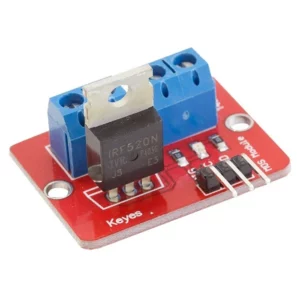 Rated 0 out of 5Sale!Add to cart
Rated 0 out of 5Sale!Add to cart₹149.00Original price was: ₹149.00.₹36.00Current price is: ₹36.00. -

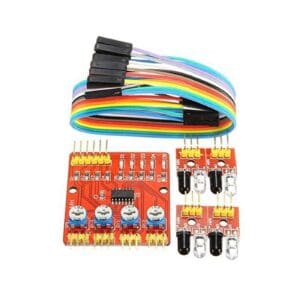 Rated 0 out of 5Sale!Add to cart
Rated 0 out of 5Sale!Add to cart₹210.00Original price was: ₹210.00.₹115.00Current price is: ₹115.00. -

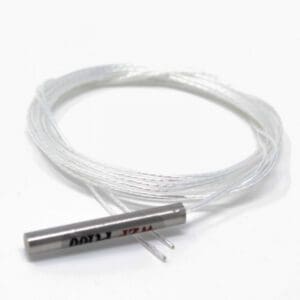 Rated 0 out of 5Out of stockView More
Rated 0 out of 5Out of stockView More₹260.00Original price was: ₹260.00.₹195.00Current price is: ₹195.00. -

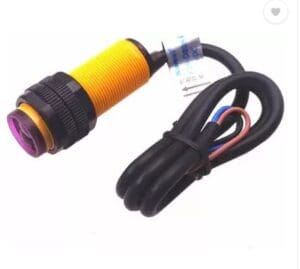 Rated 0 out of 5Sale!Add to cart
Rated 0 out of 5Sale!Add to cart₹450.00Original price was: ₹450.00.₹230.00Current price is: ₹230.00. -

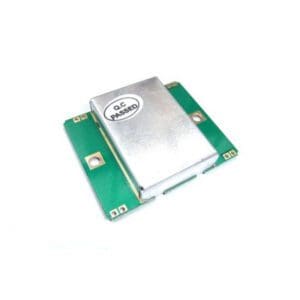 Rated 0 out of 5Out of stockView More
Rated 0 out of 5Out of stockView More₹380.00Original price was: ₹380.00.₹289.00Current price is: ₹289.00.
-

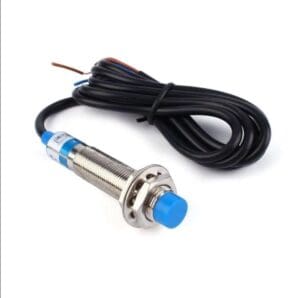 Rated 0 out of 5Sale!Add to cart
Rated 0 out of 5Sale!Add to cart₹359.00Original price was: ₹359.00.₹258.00Current price is: ₹258.00. -

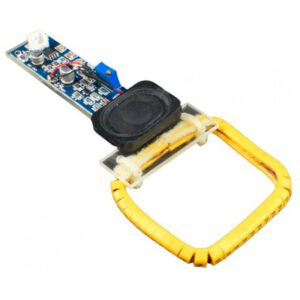 Rated 0 out of 5Sale!Add to cart
Rated 0 out of 5Sale!Add to cart₹689.00Original price was: ₹689.00.₹599.00Current price is: ₹599.00. -

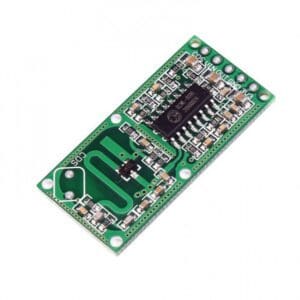 Rated 0 out of 5Out of stockView More
Rated 0 out of 5Out of stockView More₹120.00Original price was: ₹120.00.₹40.00Current price is: ₹40.00. -

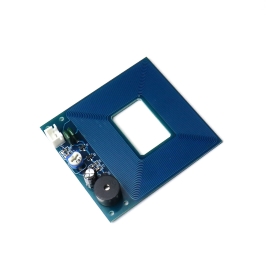 Rated 0 out of 5Out of stockView More
Rated 0 out of 5Out of stockView More₹299.00Original price was: ₹299.00.₹140.00Current price is: ₹140.00. -

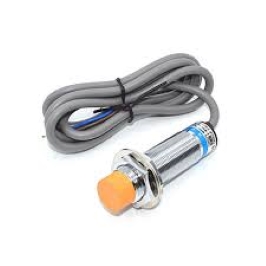 Rated 0 out of 5Sale!Add to cart
Rated 0 out of 5Sale!Add to cart₹390.00Original price was: ₹390.00.₹280.00Current price is: ₹280.00.
-

 Rated 0 out of 5Sale!Add to cart
Rated 0 out of 5Sale!Add to cart₹220.00Original price was: ₹220.00.₹130.00Current price is: ₹130.00. -

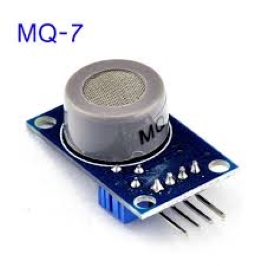 Rated 0 out of 5Sale!Add to cart
Rated 0 out of 5Sale!Add to cart₹160.00Original price was: ₹160.00.₹99.00Current price is: ₹99.00. -

 Rated 0 out of 5Sale!Add to cart
Rated 0 out of 5Sale!Add to cart₹235.00Original price was: ₹235.00.₹101.00Current price is: ₹101.00. -

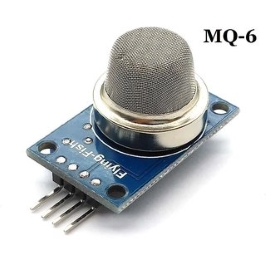 Rated 0 out of 5Sale!Add to cart
Rated 0 out of 5Sale!Add to cart₹199.00Original price was: ₹199.00.₹88.00Current price is: ₹88.00. -

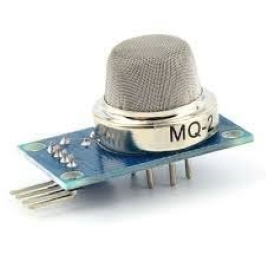 Rated 0 out of 5Sale!Add to cart
Rated 0 out of 5Sale!Add to cart₹179.00Original price was: ₹179.00.₹88.00Current price is: ₹88.00. -

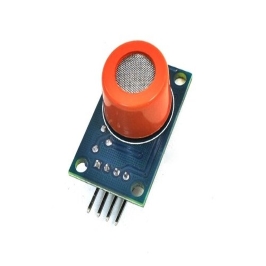 Rated 0 out of 5Sale!Add to cart
Rated 0 out of 5Sale!Add to cart₹200.00Original price was: ₹200.00.₹115.00Current price is: ₹115.00. -

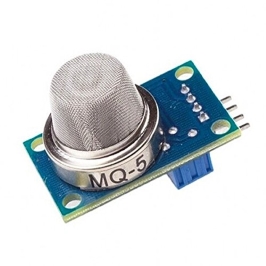 Rated 0 out of 5Sale!Add to cart
Rated 0 out of 5Sale!Add to cart₹160.00Original price was: ₹160.00.₹85.00Current price is: ₹85.00.
For additional blog content, to explore further insights and articles. Click here
433MHz RF Module Works &
Working 433MHz RF Module Works & Interfacing With Arduino Introduction Wireless communication has become an...
Read MoreVoice Recognition Technology
Voice Recognition Technology Introduction Voice recognition technology, a groundbreaking innovation in the realm of electronics,...
Read MoreHow to attach heat sink
How to attach heat sink to raspberry pi 4 INTRODUCTION Attaching a heat sink to...
Read MoreUnderstanding Integrated Circuit And Microchips
Understanding Integrated Circuit And Microchips Introduction Integrated circuits (ICs), often referred to as microchips, are...
Read More


